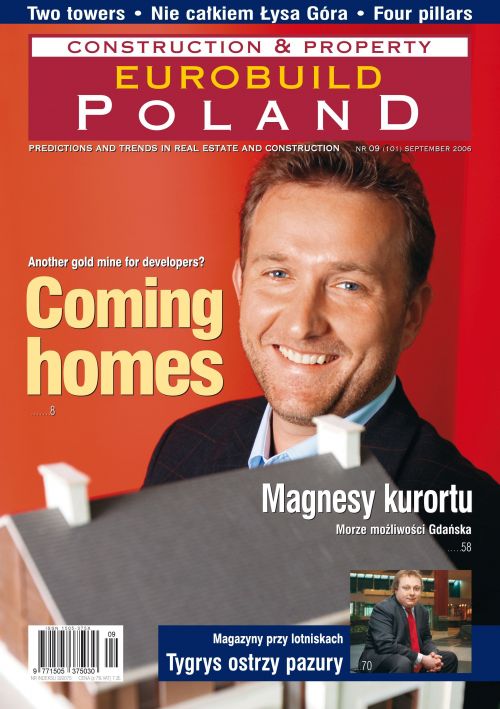Bulgaria has a population of 7.8 mln and an area of 111,000 sq/km. GNI income at the end of 2005 stood at USD 3,450, growth (GDP) is expected to be as much as 6 pct for 2006, inflation is at around 6.5 pct and the amount of FDI rose by more than 12 pct last year. But the most important number for foreign investors is 2007 – the rapidly approaching date of Bulgaria’s EU accession The prospect of thousands of foreign companies coming to the country has led to huge increases in the price of land, according to Alexander Atanasov, Bulgarian development manager for Globe Trad Centre – one of the developers poised for entry onto this market. “The problem is that the market just isn’t developed – there is no tradition in certain places. The whole situation is a little chaotic and hard to predict. Landowners are not being realistic, and are overestimating the price of land. And sometimes real estate companies are buying over the odds.” But investors are






























































